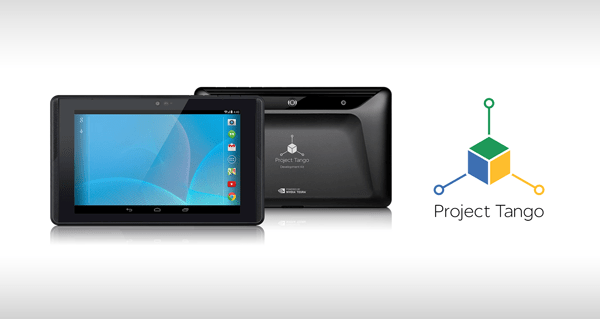Project Tango Tablet
3D-mapping for everyone
Google likes to play, and the company’s innovative ATAP group has been toying with a 3D-mapping project that would enable hardware to approximate with the same visual acuity of the human eye. The feature was already available in autonomous robots and military research labs, but Google’s Advanced Technologies and Projects division wants to make it […]
